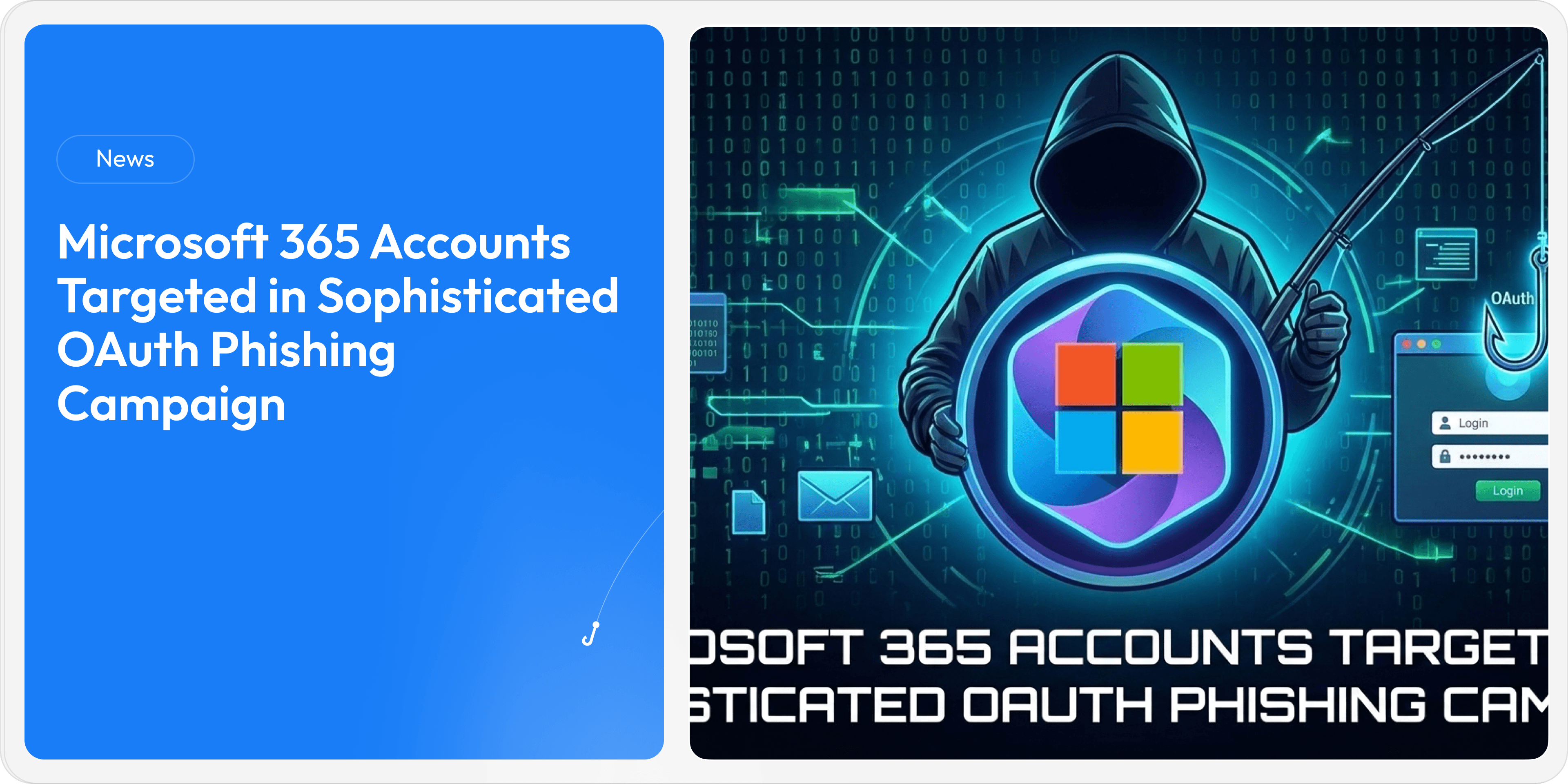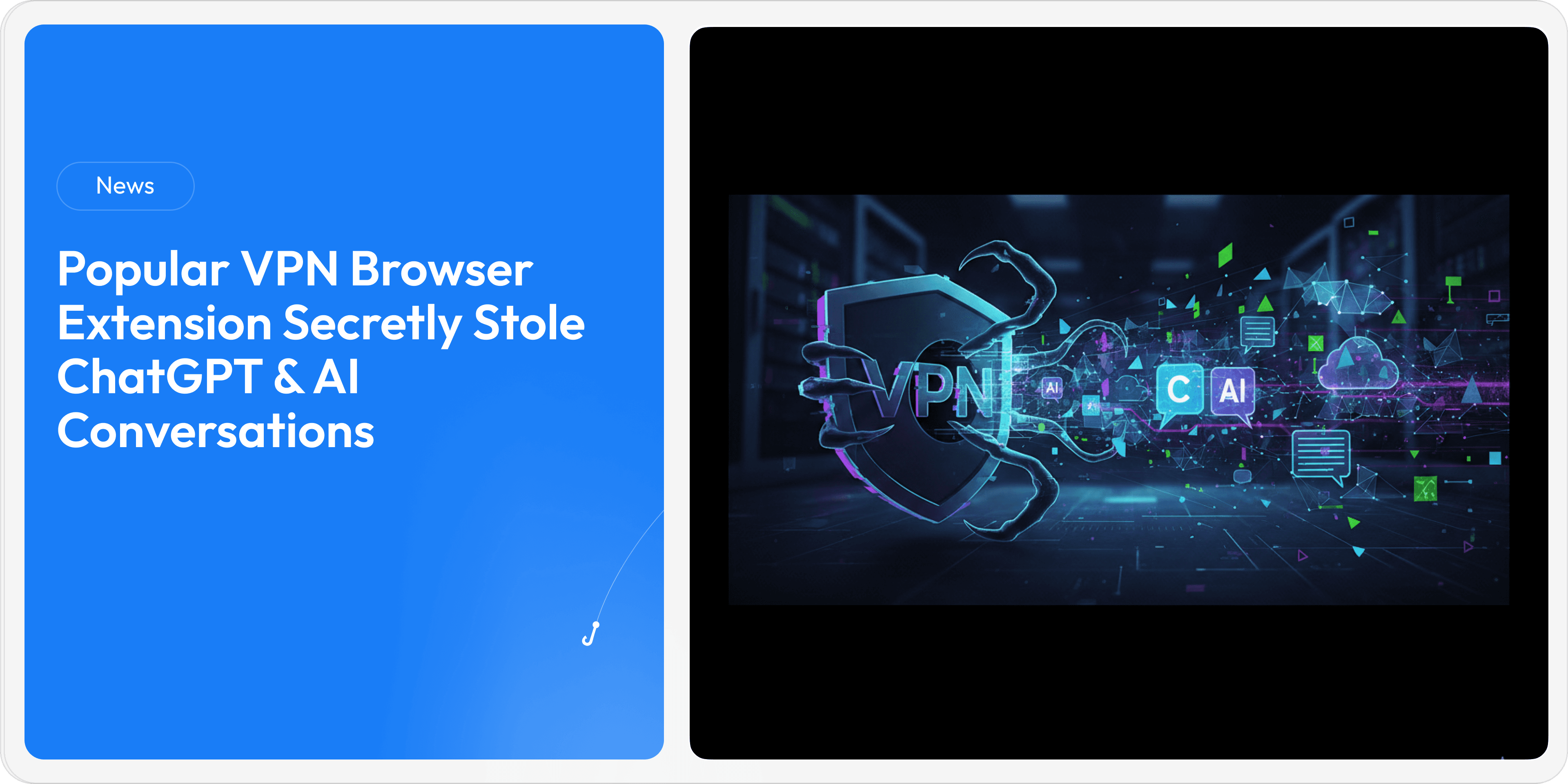AI-Generated Phishing Simulation Tools: The Future of Cybersecurity Training
Nov 7, 2025
In recent years, phishing attacks have evolved from clumsy, poorly written emails to highly targeted and contextually intelligent scams. The catalyst behind this transformation? Artificial Intelligence. As cybercriminals adopt AI-driven tactics to craft hyper-realistic lures, organizations are now countering with AI-powered phishing simulation tools to strengthen human defenses. This shift marks the beginning of a new era in cybersecurity training—one that’s adaptive, data-driven, and frighteningly real.
The Growing Complexity of Phishing Threats
Phishing remains one of the most pervasive and damaging attack vectors in cybersecurity. According to Verizon’s 2024 Data Breach Investigations Report, 36% of all breaches involved phishing in some form. However, the real concern lies not just in volume but in sophistication.
AI has enabled attackers to:
Generate personalized emails at scale using natural language models like GPT-based systems.
Mimic corporate tone and branding with uncanny precision.
Exploit behavioral patterns such as urgency, fear, or trust through sentiment analysis.
For example, a real-world case in 2023 involved a finance company where attackers used AI to impersonate the CFO’s communication style and writing cadence. The phishing emails were so authentic that several employees transferred funds before the fraud was detected. Traditional simulation programs—relying on static templates—would have failed to prepare employees for such a nuanced attack.
Enter AI-Generated Phishing Simulations
To combat AI-driven phishing, security teams need AI on their side. AI-generated phishing simulation tools replicate realistic attacks by analyzing employee behavior, adapting content dynamically, and continuously learning from engagement data. These platforms don’t just test awareness—they evolve it.
An AI-generated phishing simulation uses machine learning models to:
Analyze corporate communication patterns—including tone, phrasing, and internal terminology.
Generate adaptive phishing content that mirrors ongoing campaigns, seasonal events, or organizational context.
Measure emotional and behavioral responses to fine-tune difficulty and realism.
This represents a shift from static training to intelligent reinforcement learning—where every simulation teaches both the employee and the algorithm.
How AI Makes Phishing Simulations Smarter
1. Dynamic Personalization
AI allows simulations to mirror real inbox content and timing. If an employee often receives HR updates on Fridays, the AI may send a fake HR survey email at that exact time. This contextual precision dramatically improves detection training.
2. Behavioral Adaptation
By tracking how employees interact with simulations (click rates, reporting times, dwell time, etc.), AI can classify them into behavioral risk groups—such as impulsive clickers or overconfident verifiers. Training content then adjusts accordingly.
3. Natural Language Generation (NLG)
Using generative AI models, phishing emails can be automatically rewritten in multiple tones and styles—mimicking real-world attacker diversity. For example, one round might impersonate a delivery service, while another could replicate a LinkedIn invitation.
4. Emotion-Driven Targeting
Some advanced simulation tools even assess the emotional vulnerability index of users—measuring how emotion-driven triggers (fear, excitement, authority) influence their decisions. This level of depth moves beyond awareness into psychological resilience training.
Real-World Examples of AI-Powered Simulations
Microsoft’s PhishHunter AI Initiative (2024)
Microsoft began integrating adaptive AI into its Defender suite to simulate business email compromise (BEC) attacks. These simulations automatically generate lures that mimic recent threats seen in the wild—closing the gap between real-time threat intelligence and employee training.Google’s AI-Augmented Security Campaigns
Google’s enterprise security teams use AI to analyze billions of spam emails daily. The same models are now being repurposed to help simulate phishing campaigns internally—offering tailored training that evolves with emerging threat vectors.ClearPhish’s Adaptive Simulation Engine
At ClearPhish, our AI-driven simulation tool takes personalization to a new level. By combining natural language processing, behavioral analytics, and emotional response scoring, ClearPhish creates cinematically realistic simulations that engage employees beyond the typical “spot the fake” exercise. Each campaign adapts dynamically based on previous outcomes—helping organizations measure, predict, and reduce human vulnerability at scale.
Advantages of AI-Generated Phishing Simulations
1. Hyper-Realism
Traditional simulations often fall short because users can easily spot “training” emails. AI changes that by generating unpredictable and contextually relevant messages, keeping users genuinely alert.
2. Continuous Learning
AI models improve as they process more data—meaning the simulations become more intelligent over time, mirroring the evolution of actual threat actors.
3. Scalability
Manual creation of phishing campaigns is time-consuming. AI automates this process, allowing organizations to deploy unique, personalized simulations for thousands of employees with minimal overhead.
4. Insight-Driven Reporting
Advanced analytics convert behavioral data into actionable insights—pinpointing which departments or individuals pose higher risks and what psychological triggers are most effective against them.
5. Emotion and Context Awareness
By integrating sentiment analysis, AI can simulate social engineering tactics that exploit empathy, fear, or urgency—making the training as close to real-world manipulation as possible.
Ethical and Operational Challenges
While AI-generated simulations are powerful, they’re not without challenges.
Data Privacy: Simulating realistic attacks often involves analyzing internal communications. Organizations must ensure compliance with privacy regulations such as GDPR.
Over-Simulation: Excessively realistic phishing emails can cause employee stress or distrust. A balance must be struck between realism and psychological safety.
Misuse of AI: The same AI capabilities that enhance defense could, in the wrong hands, improve phishing offensives. Maintaining ethical guidelines and transparent governance is crucial.
Leading providers like ClearPhish address these concerns by implementing data anonymization, emotional safeguard thresholds, and controlled difficulty scaling, ensuring that realism never compromises employee well-being or privacy.
Integrating AI Simulations into a Cybersecurity Strategy
Deploying AI-generated phishing simulations should not exist in isolation. They must be part of a broader human risk management framework, integrated with:
Awareness programs that reinforce lessons from simulations.
Incident response training to teach proper reporting and mitigation.
Metrics dashboards to track improvement in human defense maturity.
ClearPhish’s ecosystem, for instance, complements AI simulations with story-based micro learning modules and Cinematic Mode experiences—immersive, narrative-driven lessons that reinforce real-world decision-making under pressure.
The Future of Phishing Defense
As AI continues to blur the line between human and machine communication, cybersecurity awareness must evolve accordingly. The future will see:
Predictive Training Models – anticipating who is likely to fall for the next phishing attempt based on behavioral and emotional analytics.
Cross-Platform Simulation Engines – testing not just email but SMS, voice, and collaboration tools like Teams and Slack.
Real-Time Coaching – AI assistants providing instant feedback when a user interacts with a suspicious message.
These developments point toward a future where cybersecurity training is as dynamic as the threats themselves.
Conclusion
AI-generated phishing simulation tools represent a turning point in the fight against social engineering. They blend realism, adaptability, and analytics to create training experiences that truly prepare employees for today’s evolving threat landscape.
While technology can enhance defenses, the ultimate goal remains human empowerment—teaching individuals to think critically, pause before clicking, and recognize emotional manipulation.






